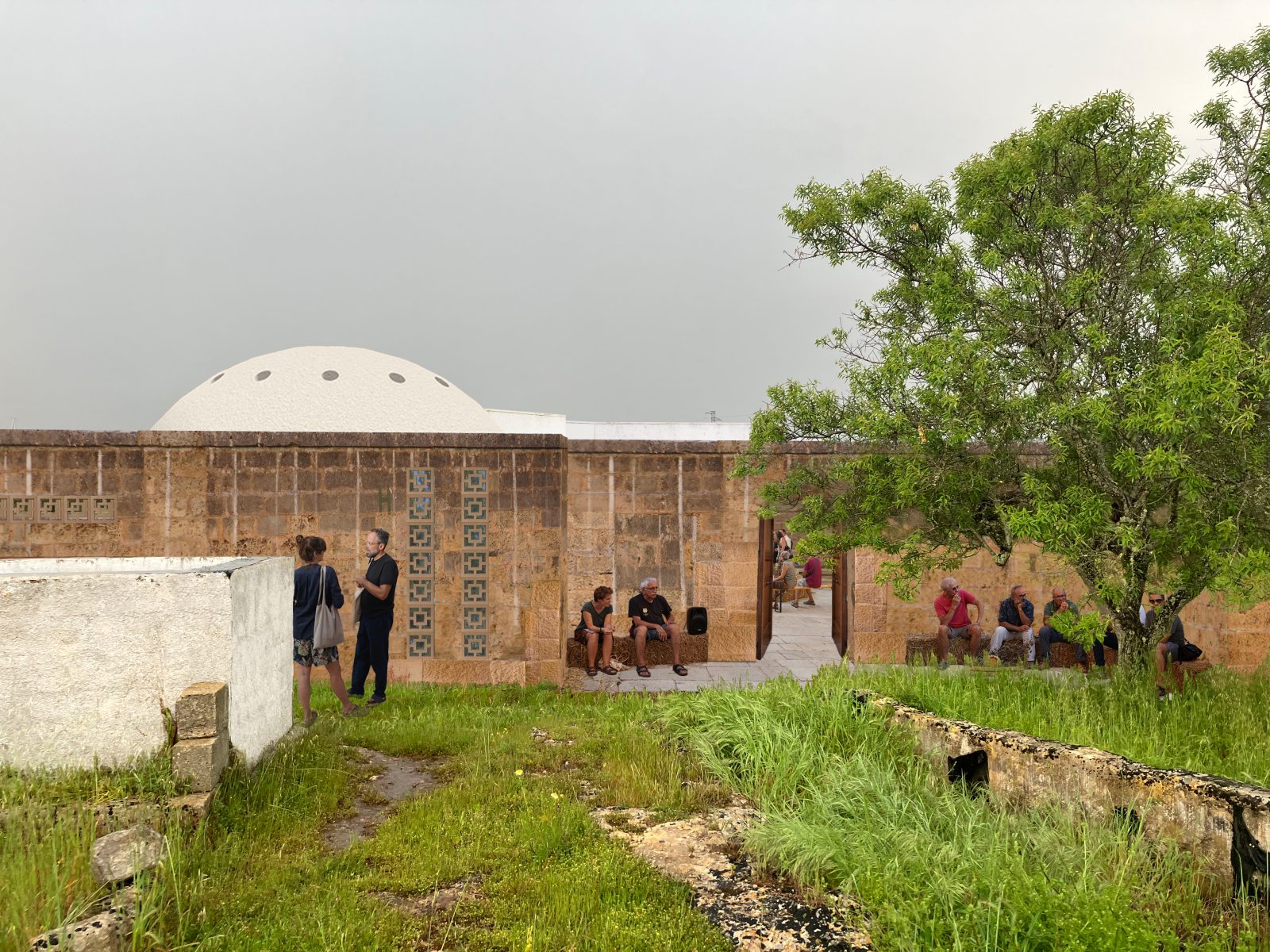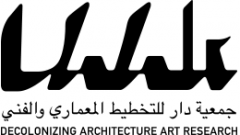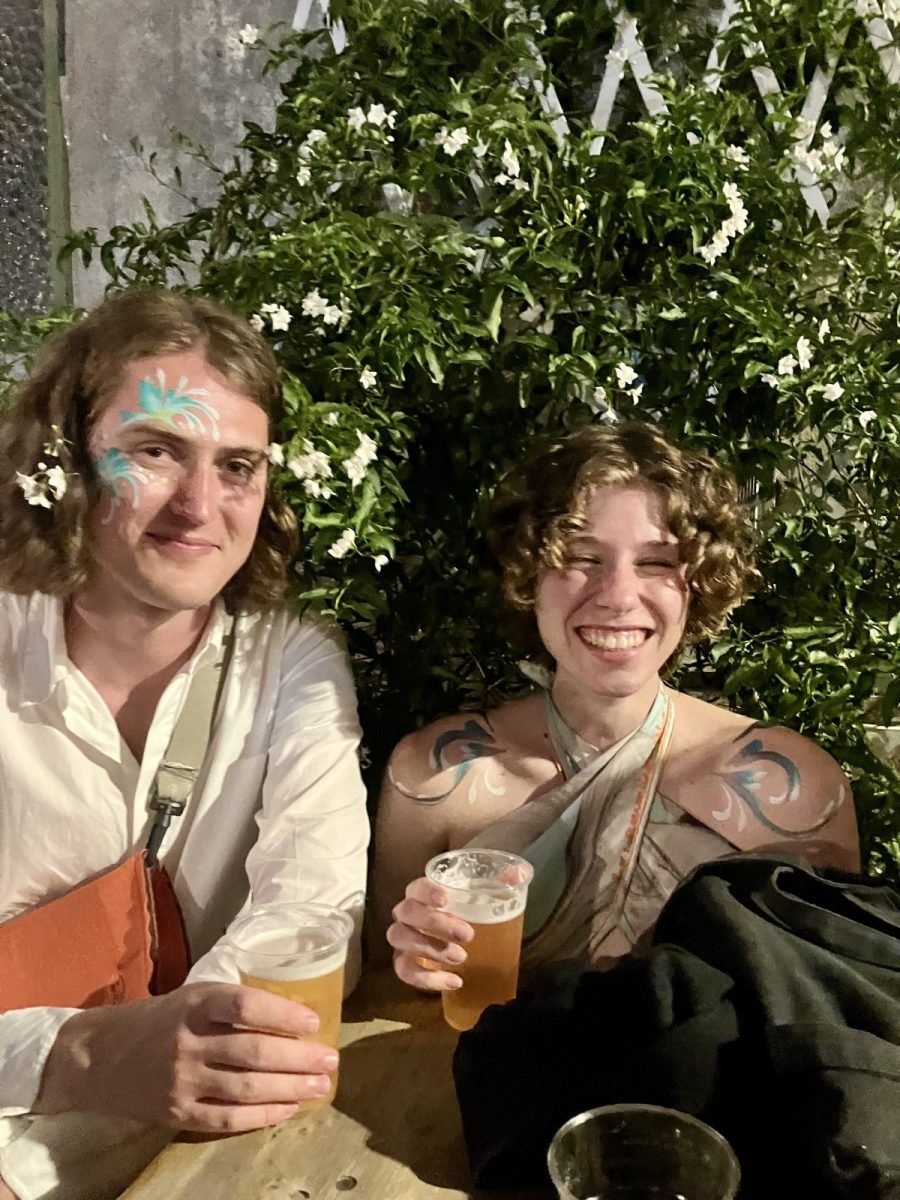 Collage of the new construction at Campo Paradiso, Image by Herman Hjorth Berge
Collage of the new construction at Campo Paradiso, Image by Herman Hjorth Berge

DAAR, Courtyard house for Campo Paradiso, 2022
The Arabic term Al Masha refers to communal land equally distributed among farmers.
Al Masha can only exist if people have decided to cultivate the land together. The moment they stop cultivating this land, they lose possession of it. Thus, in order for Al Masha land to come into being, it must be activated and its possession continuously enacted by common use. Today we may ask: is it possible to reactivate the cultivation of the rural commons, expanding the meaning of cultivation to other human activities that imply a common taking care of life?
During the process of modernization, rural commons have been marginalized: they were considered unproductive, inefficient, and corrupt. Founded on local trust and reciprocity, kinship and friendship, rural commons were threatening the centralized and abstract constitution of the nation-state. Today, due to the economic, environmental, and humanitarian catastrophe created by the modernist fundamentalism of endless exploitation, progress, and salvation, the rural commons have regained interest, challenging the stereotypical image of the rural as being trapped between conservative politics and traditionalism.
In the south of Italy, the concept of restanza – a combination of the words resistere (to resist) and restare (to stay) – is reclaiming a different practice and view for people who decide to live in rural areas. This is not a conservative or nostalgic choice, but rather a transformative experience open to a renewed relation with the environment, food production and migration.

DAAR´s courtyard house is located in Diso in the south of Italy, on a plot of land of four-hectare co-owned by Campo Paradiso, a group of artists, curators, designers, and researchers interested in exploring collective forms of inhabitation and agroforestry. The land is cultivated in collaboration with Casa delle Agriculture, an organization composed of farmers, artists, and activists aiming to revive abandoned lands; repopulate the countryside; generate solidarity-based economies; and build new cultural and social model of living together. The design of the house was done in collaboration and interpreting the dreams and desires of Campo Paradiso members of a space that can expand to accommodate a large public during festivals and celebrations and retract to individual cells for retreats and isolation. The revolves around three internal courts that define public, collective and intimate spaces.
DAAR, Courtyard house fro Campo Paradiso, Diso Salento Italy, 2022
Design research Sara Pellegrini
Architedtural drawings and renderings Husam Abusalem

Al Masha – Rural Commons Summer School (28 August – 10 September 2023)















